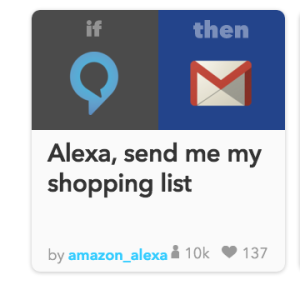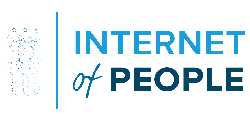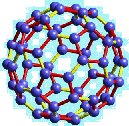Could Amazon’s Echo be the Trojan Horse that gets the smart home and IoT inside our homes — and consciousness?
I’ve always suspected Amazon was critical to corporate adoption of e-commerce in the ’90s because so many C-level executives were introduced to the concept by doing online holiday shopping for their families. Just a hunch …
Fast forward to this holiday, and I suspect Amazon’s Echo will have a similar impact for the IoT and, in particular, smart homes (aided, no doubt, by the redoubtable Oprah, who gave it her imprimatur as one of her Favorite Things — which now, conveniently, has its own page on Amazon — for this year!).
In case you’ve been hibernating for the past few months, during which time the Echo has taken off, it’s the slim (9.25″ x 3.27″) cylinder that sits on your counter, and, after starting out largely to access Amazon’s streaming music service by voice, seems to take on new functions every week.
I suspect it’s the voice input that’s most important about Echo: because voice doesn’t require any technical skills. I can’t think of any dedicated device (Apple’s Siri, a service on almost all its devices but the computers, is right up there, but a service, not a device. Again, obligatory disclaimer that I work part-time at The Apple Store but am not privy to any inside secrets) that better embodies the dictum of IoT “father” Mark Weiser, that:
“The most profound technologies are those that disappear.
They weave themselves into the fabric of everyday life
until they are indistinguishable from it.”
For me, the critical step was when Echo was added to my fav IoT site, IFTTT, which makes the IoT’s benefits proliferate by allowing you and me to create “recipes” to trigger devices without requiring any programming skills.
The number of new recipes allowing Alexa to “trigger” an action by a device, including Hue lights and the Nest thermostat, is constantly growing (you’ll notice that many of them relate to actions such as adding to shopping lists, a clever way of making it easier for users to shop at a certain online behemoth..).
An indication of exactly how far-reaching Echo could be as a hub? It now even interfaces with the Automatic device, to help manage your car more effectively: “Alexa, how much gas is left in my tank?”
I’m also excited about Echo’s potential role as a hub for my “SmartAging” concept: granny starts out listening to Guy Lombardo’s “Managua Nicaragua” streaming on Amazon Prime, and the next thing you know, she’s saying “Alexa, turn down the thermostat 3 degrees.” What could be easier? Haven’t seen any Echo links to Quantified Self devices yet, but I suspect that’s only a matter of time, and others are now enthused about its benefits to the disabled.
PS: You can track new developments with Echo on its Twitter feed, as well as one from Dave Isbitski, the Echo’s chief evangelist.




